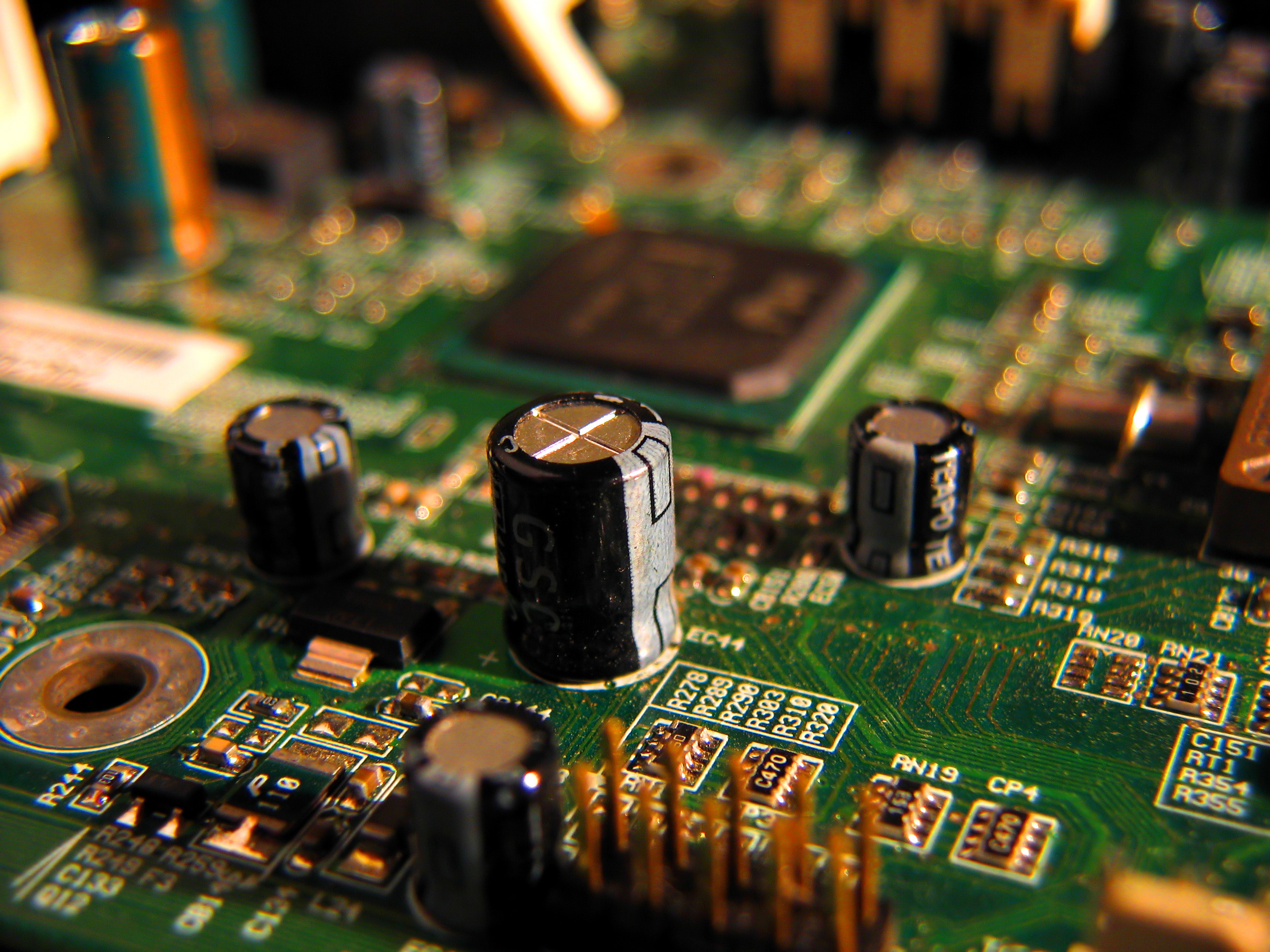- Teacher: amos keter
Introduction
29.3.0 Module Summary and Time Allocation
29.3.1 Economics (4 Hours)
29.3.2 Trade (4 Hours)
29.3.3 Business Law (4 Hours)
29.3.4 Management Principles (6 Hours)
29.3.5 Project Planning and Management (8 Hours)
29.3.6 Office Administration (4 Hours)
29.3.7 Production Management (8 Hours)
29.3.8 Plant Maintenance (6 Hours)
29.3.9 Human Resource Management (8 Hours)
29.3.10 Finance and Budgeting (8 Hours)
29.3.11 Results Oriented Management (6 Hours)
- Teacher: Silas Magut
- Teacher: Chege Henry
Industrial electronics is a branch of electronic engineering that deals with power electronics, for example, thyristors, SCRs, AC and DC drives, meters, sensors, analyzers, stack cells programmed test gear, mulitimeters, information recorders, transfers, resistors, semiconductors, transistors, waveguides, scopes

- Teacher: geoffrey okoth
Power/Industrial Electronics is the study of switching electronic circuits in order to control the flow of electrical energy. Power Electronics is the technology behind switching power supplies, power converters, power inverters, motor drives, and motor soft starters.
Around 40 per cent of the world’s power needs are currently met by electrical energy and that proportion is expected to rise as countries cut carbon emissions and shift to renewable energy sources. As the trend towards electrification and renewable energies increases, enabling technologies such as power electronics are becoming ever more important.
Power/Industrial electronics is an umbrella term that encompasses the systems and products involved in converting and controlling the flow of electrical energy. Simply charging a laptop, for example, requires modifying the alternating-current (AC) voltage from the electricity mains to a lower voltage direct current (DC). And if that current originally came from a solar panel, it will have already been converted from DC voltage to the (British) standard 230 volts, 50 hertz AC voltage, using a power electronics-based converter called a solar inverter.

- Teacher: geoffrey okoth
- Teacher: Benard Chebii
A microcontroller is a small and low-cost microcomputer, which is designed to perform the specific tasks of embedded systems like displaying microwave’s information, receiving remote signals, etc.
The general microcontroller consists of the processor, the memory (RAM, ROM, EPROM), Serial ports, peripherals (timers, counters), etc.
- Teacher: Obare Isaiah